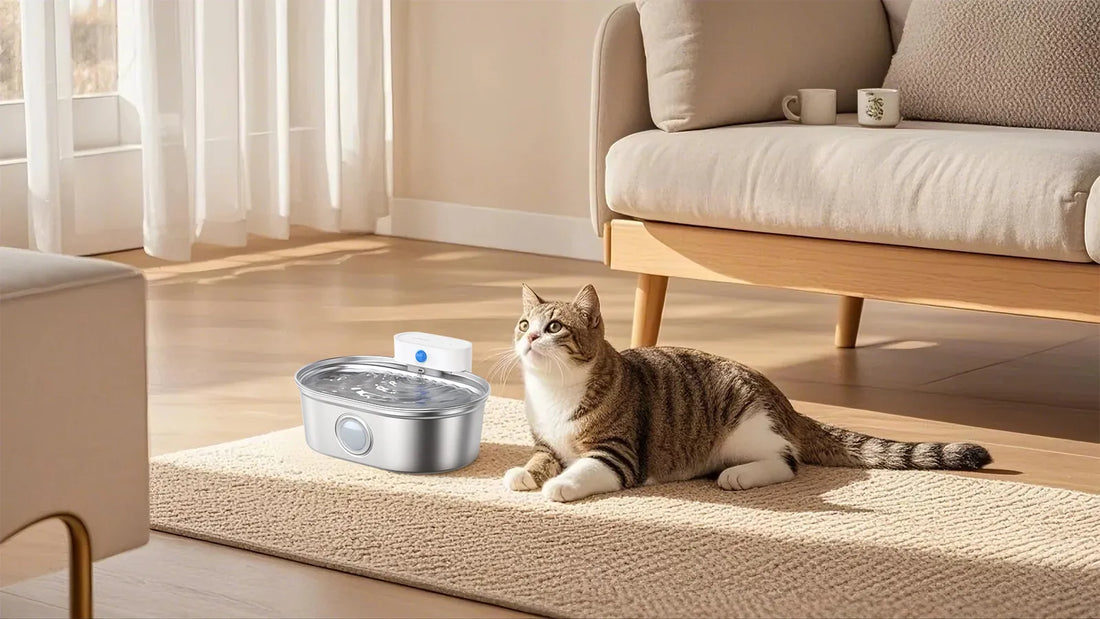When your feline companion falls ill, ensuring they stay hydrated becomes a top priority. Cats are naturally finicky drinkers, and illness can exacerbate their reluctance to consume water. Dehydration can worsen their condition, making it crucial to find ways to encourage them to drink. This article explores actionable tips and techniques to help your sick cat stay hydrated and on the path to recovery.
Understanding the Importance of Hydration for Sick Cats
Water is essential for all living beings, and cats are no exception. When a cat is sick, their body may lose fluids more rapidly due to symptoms like vomiting, diarrhea, or fever. Proper hydration supports vital bodily functions, including digestion, circulation, and temperature regulation. Without adequate water intake, your cat’s recovery can be delayed, and their health may deteriorate further.
Signs Your Cat May Be Dehydrated
Before diving into solutions, it’s important to recognize the signs of dehydration in cats. Common indicators include lethargy, dry gums, sunken eyes, and reduced skin elasticity. If you gently pinch the skin on the back of your cat’s neck and it doesn’t quickly return to its normal position, this could be a sign of dehydration. If you suspect your cat is dehydrated, consult your veterinarian immediately.
Tips to Encourage Your Cat to Drink Water
1. Provide Fresh and Clean Water
Cats are sensitive to the taste and smell of water. Ensure their water bowl is clean and filled with fresh water daily. Stagnant or dirty water can deter them from drinking. Consider using a glass or stainless steel bowl, as plastic can retain odors that may discourage your cat.
2. Experiment with Water Temperature
Some cats prefer cool water, while others may enjoy it slightly warm. Experiment with different temperatures to see what your cat prefers. Adding a few ice cubes to their water bowl can also make it more appealing.
3. Use a Cat Water Fountain
Many cats are attracted to running water. A cat water fountain can mimic the sound and movement of a natural water source, encouraging your cat to drink more. The continuous filtration also keeps the water fresh and clean.
4. Offer Multiple Water Sources
Place water bowls in different locations around your home. This ensures your cat has easy access to water wherever they are. Some cats may prefer drinking in quiet, secluded areas, so consider placing bowls in low-traffic spots.
5. Add Flavor to the Water
Enhance the taste of water by adding a small amount of low-sodium chicken or beef broth. Ensure the broth is free from onions, garlic, and other ingredients that are toxic to cats. This can make the water more enticing and encourage your cat to drink.
6. Offer Wet Food
Wet food has a high moisture content, which can help supplement your cat’s water intake. If your cat is reluctant to drink, consider incorporating wet food into their diet. You can also mix a small amount of water into their wet food to increase hydration.
7. Use a Syringe or Dropper
If your cat refuses to drink, you can gently administer water using a syringe or dropper. Be cautious and patient, ensuring your cat doesn’t choke or become stressed. This method should be used as a last resort and under the guidance of your veterinarian.
8. Create a Calm Environment
Stress can further reduce your cat’s willingness to drink. Ensure their environment is calm and comfortable. Provide a quiet space where they can relax and access water without feeling threatened or anxious.
When to Seek Veterinary Assistance
If your cat continues to refuse water despite your efforts, it’s essential to seek veterinary care. Persistent dehydration can lead to serious health complications. Your veterinarian may recommend subcutaneous fluids or other treatments to ensure your cat remains hydrated.
Helping your sick cat stay hydrated requires patience, creativity, and a proactive approach. By understanding their preferences and needs, you can encourage them to drink water and support their recovery. Remember, your veterinarian is your best ally in ensuring your cat’s health and well-being. With these tips, you can provide the care your feline friend needs to bounce back to their playful, purring self.













